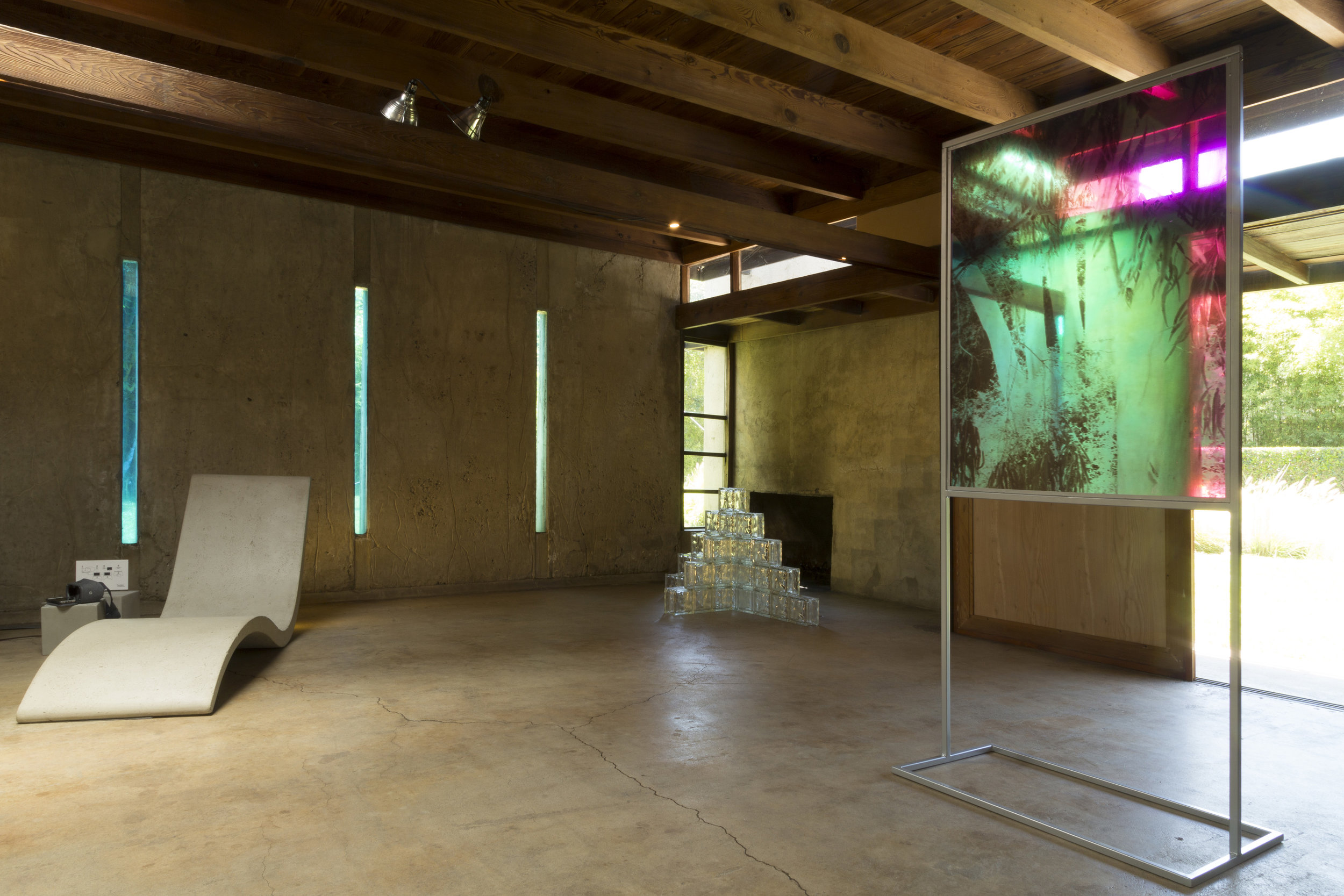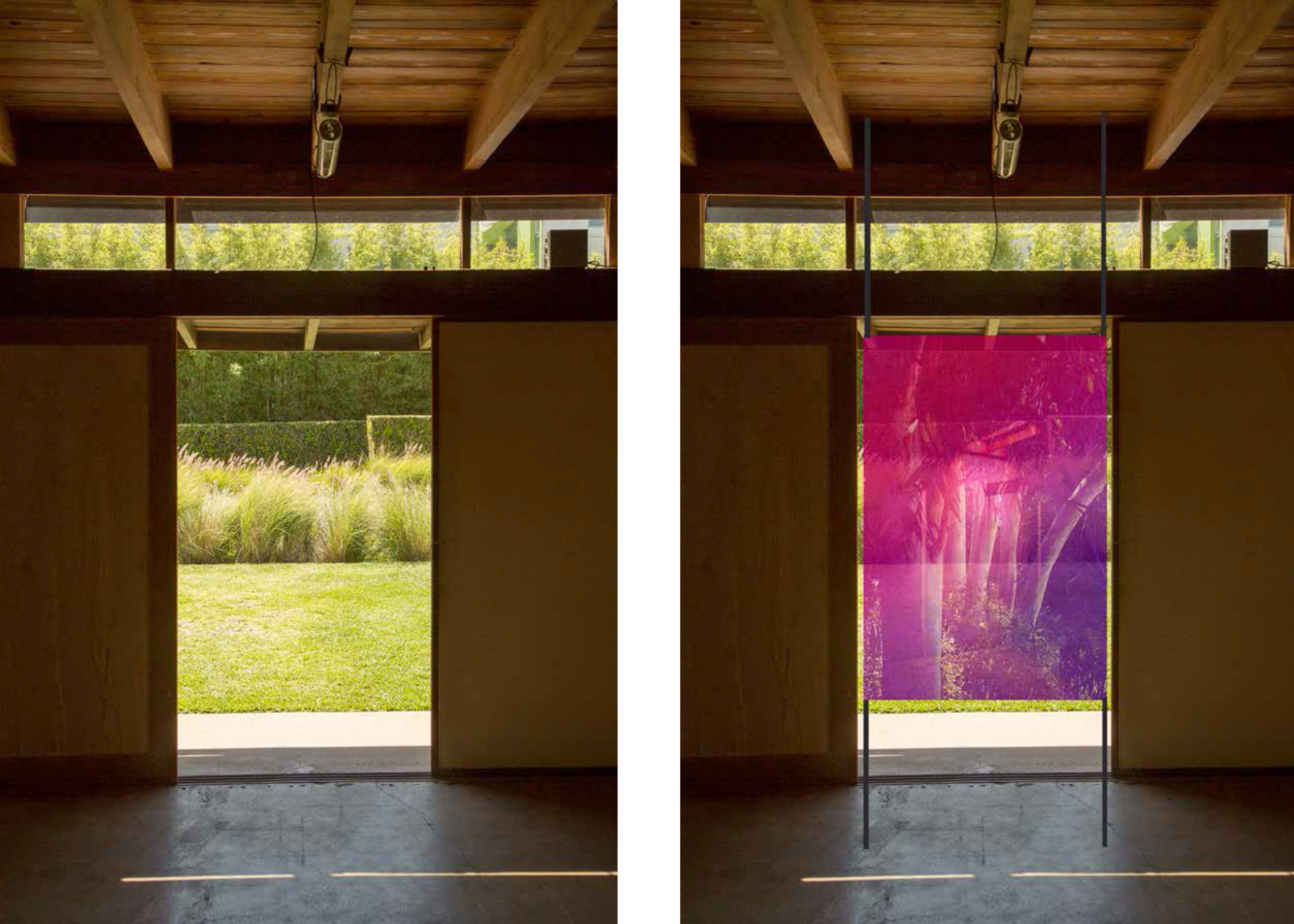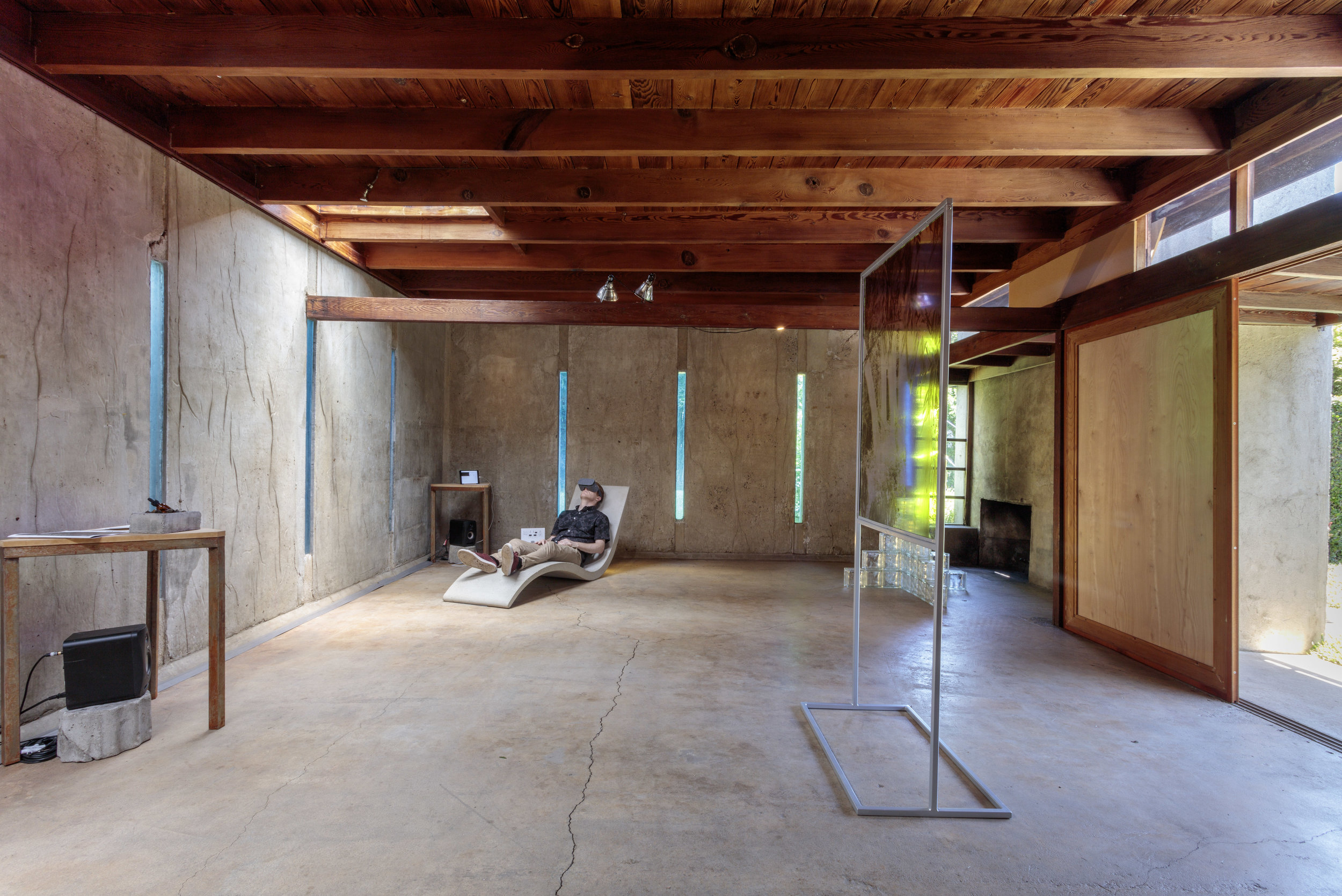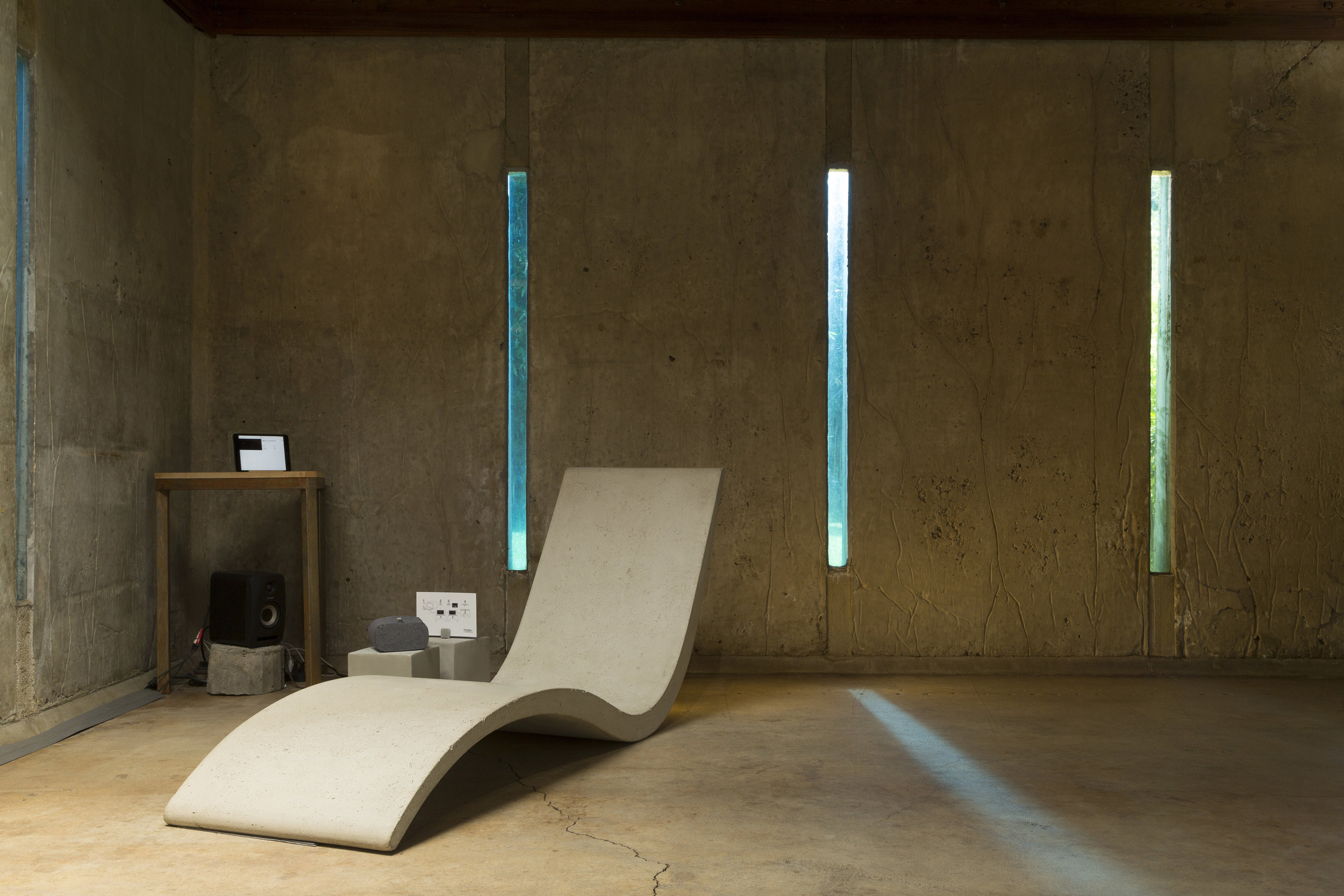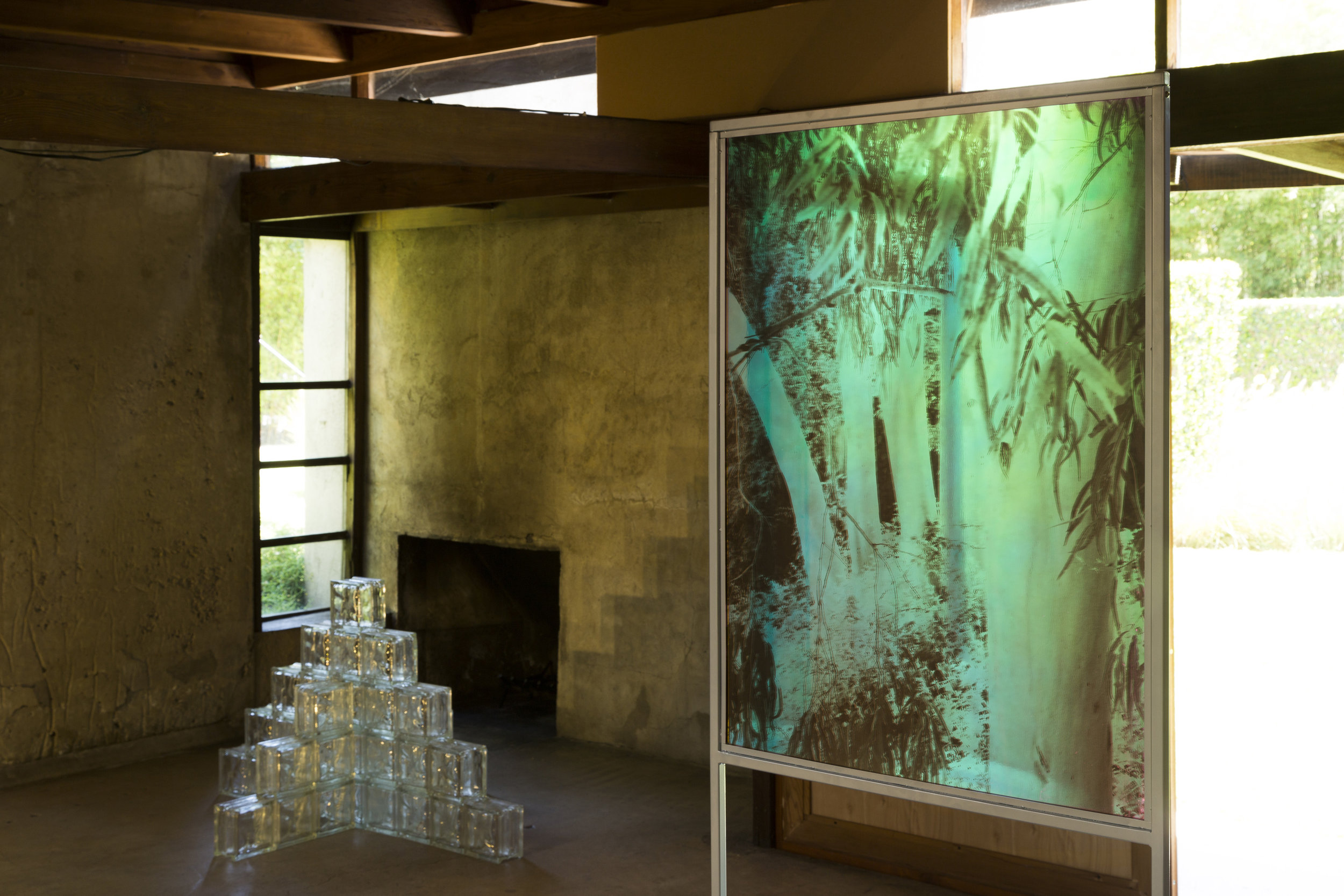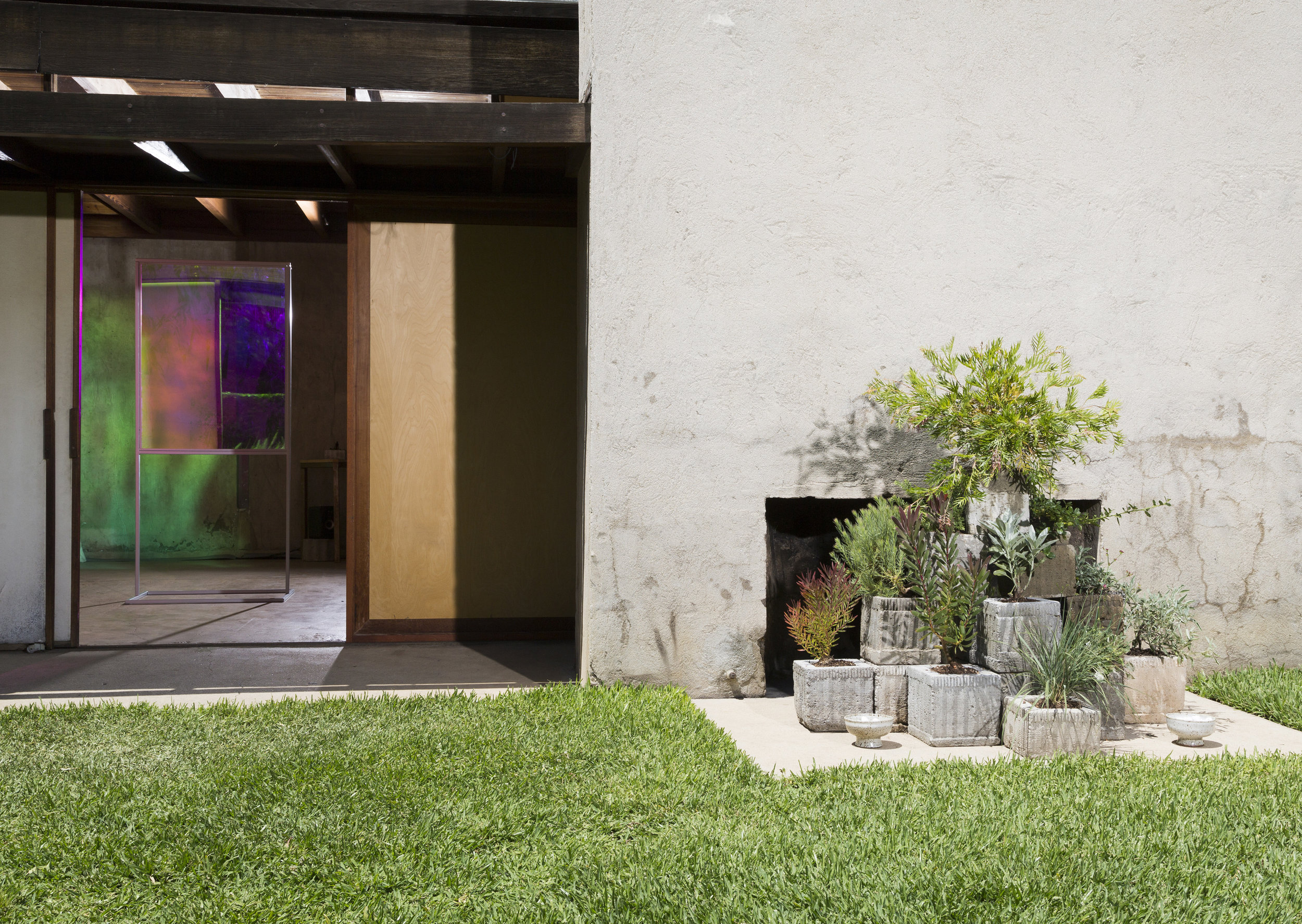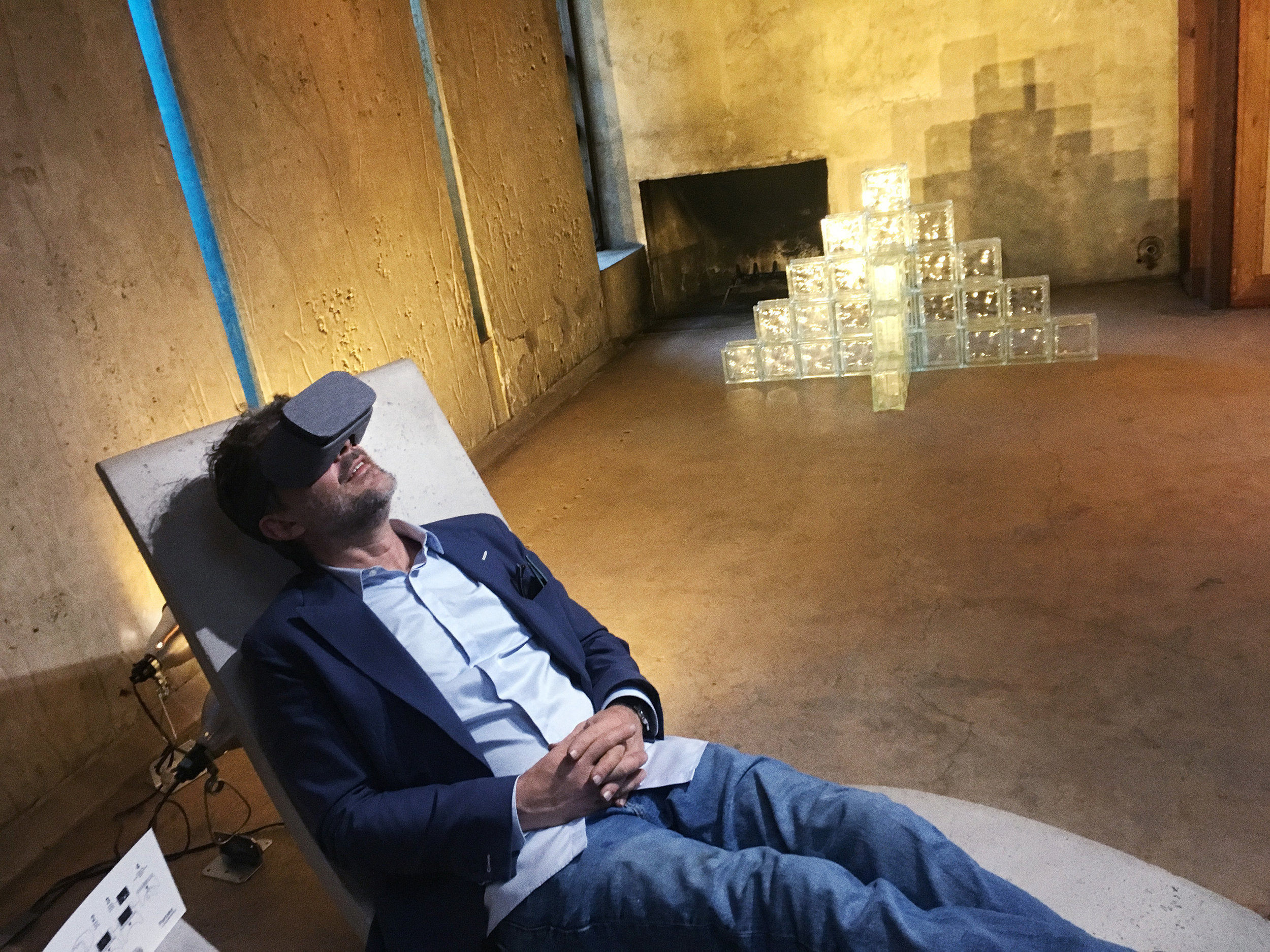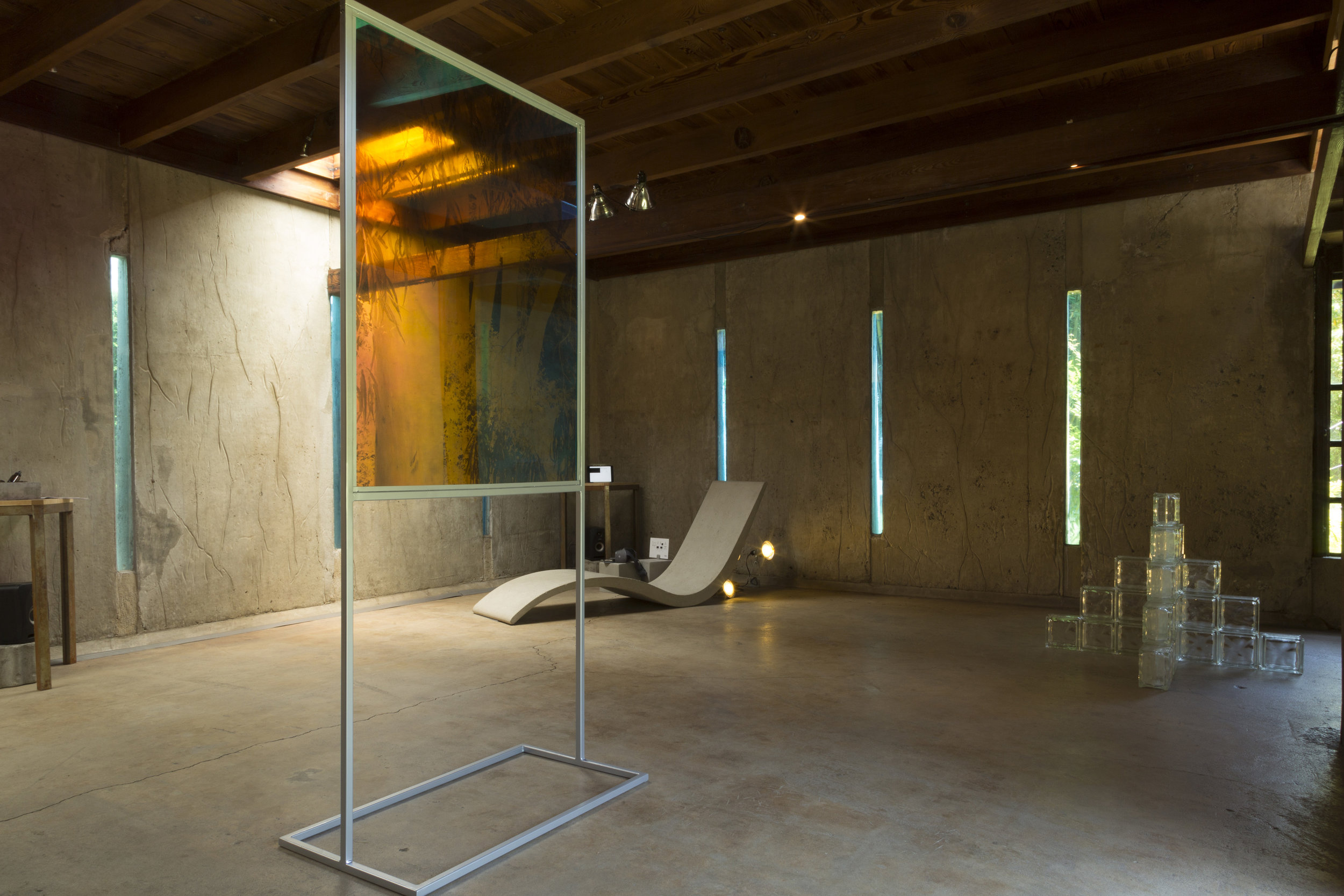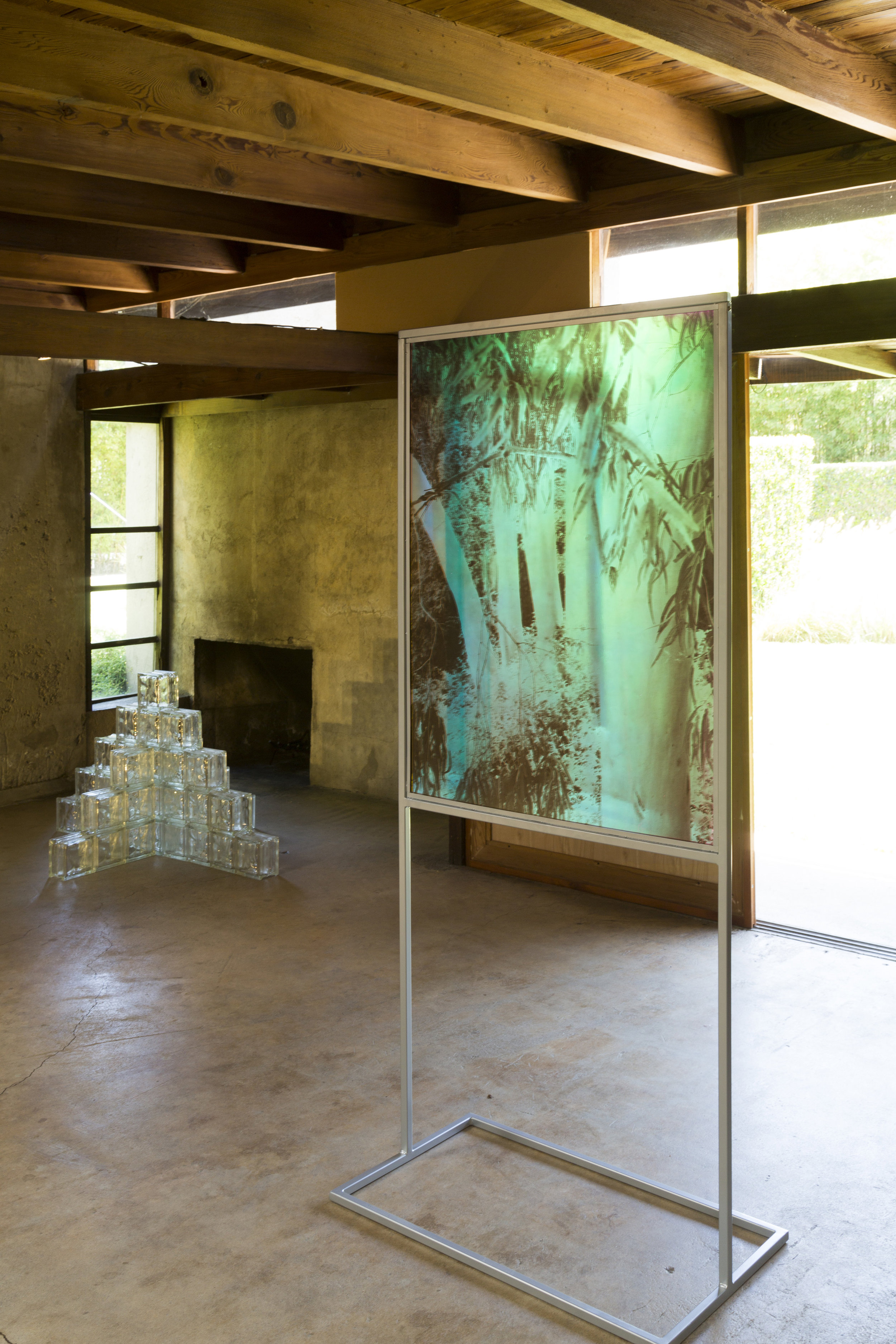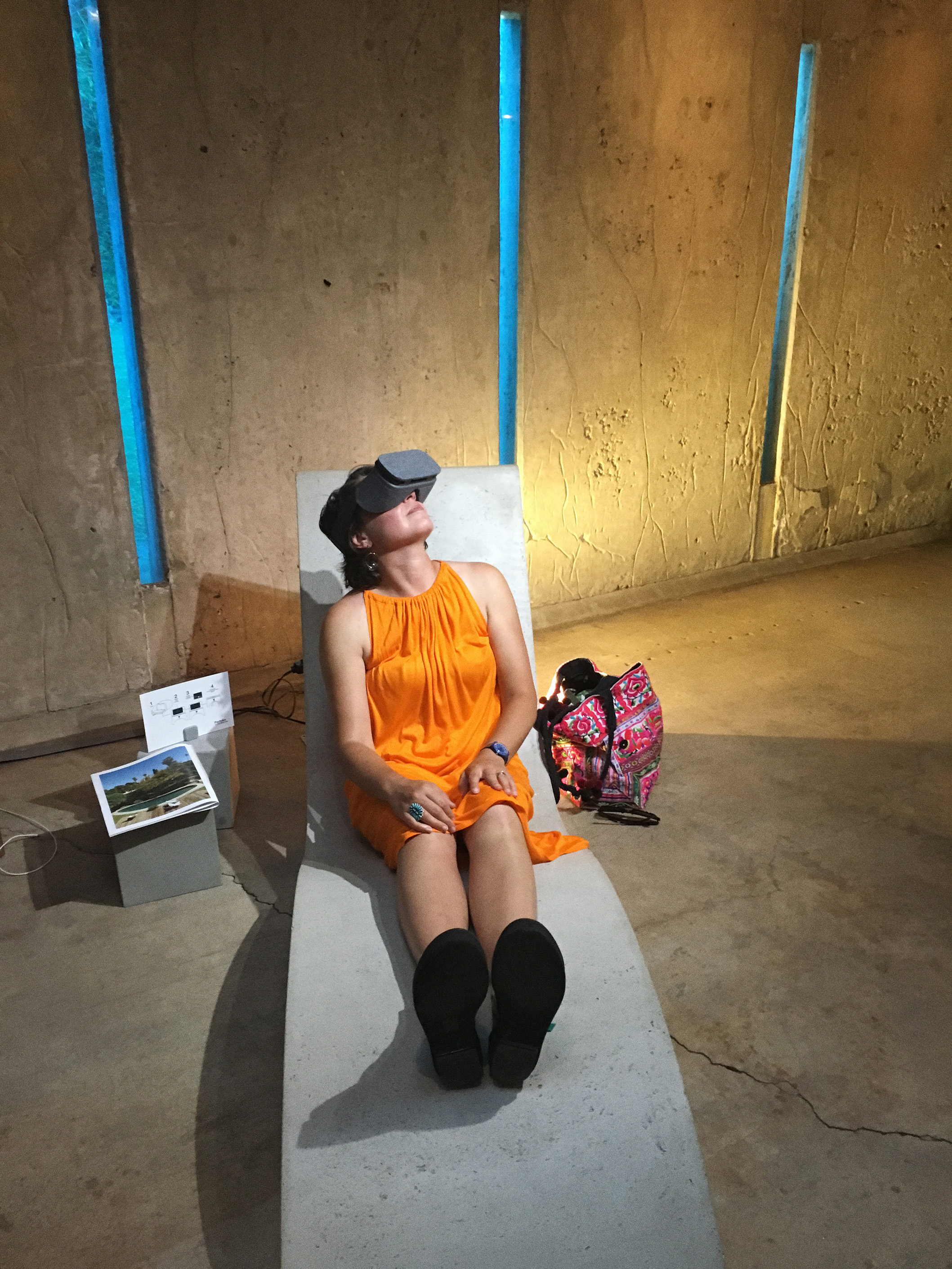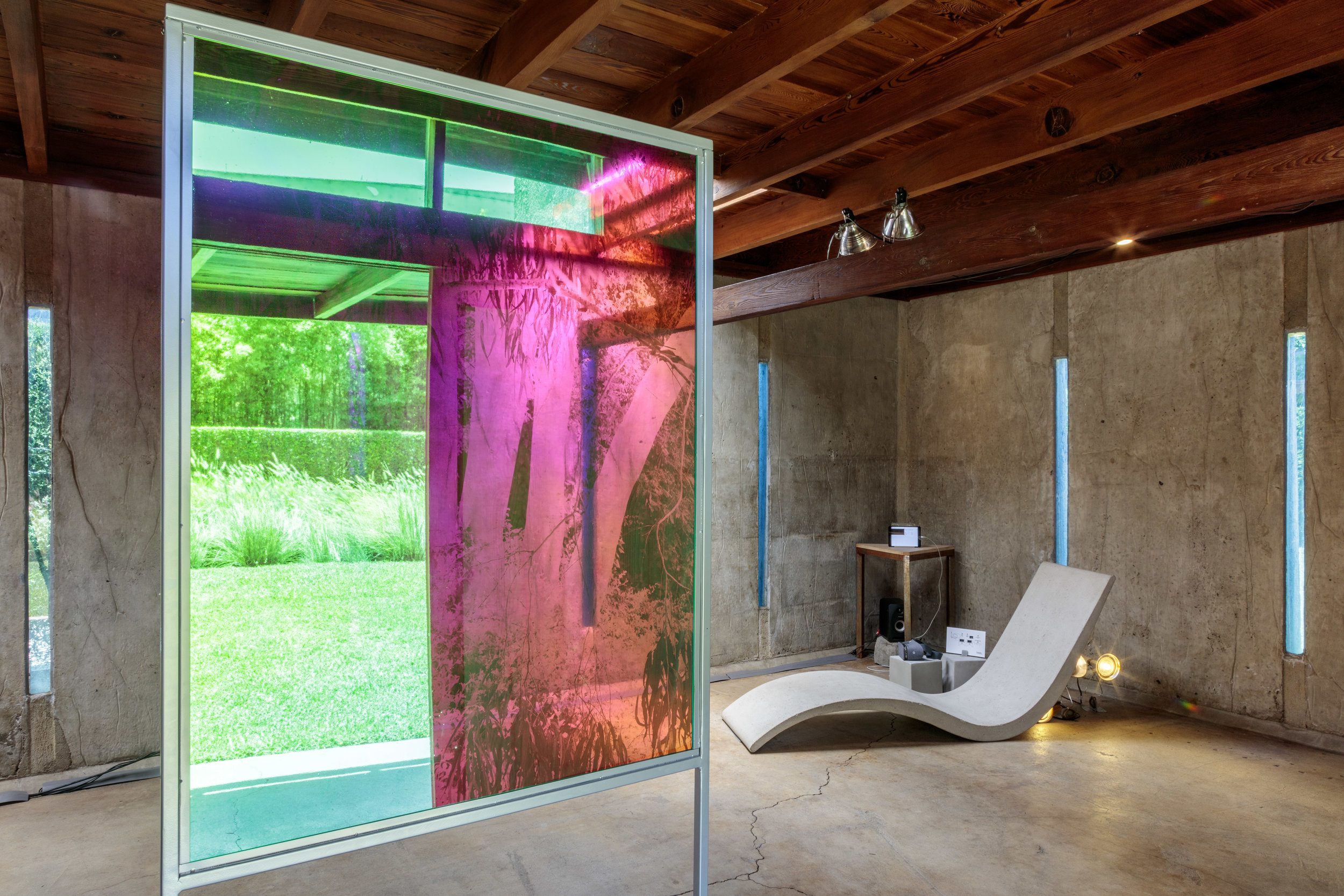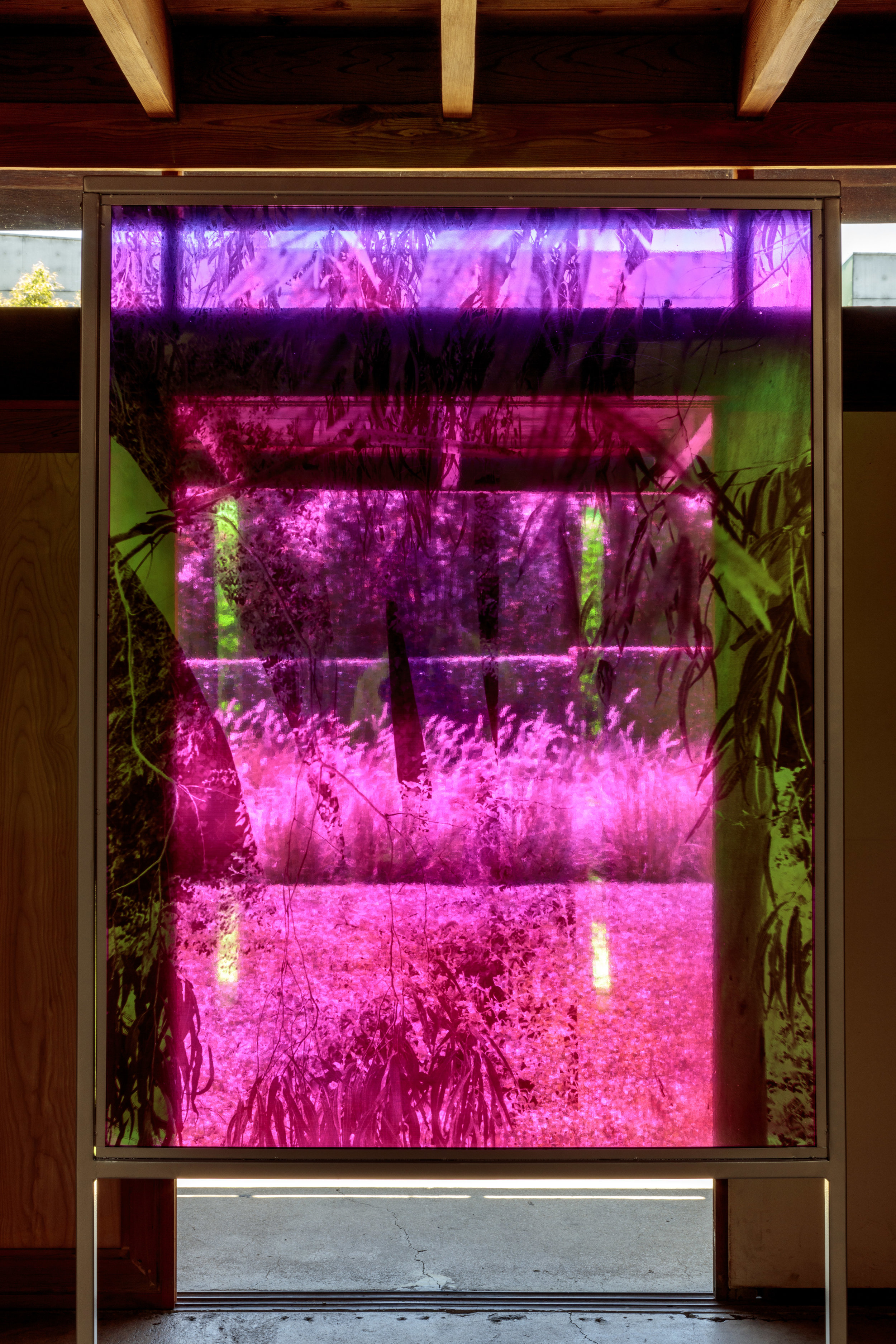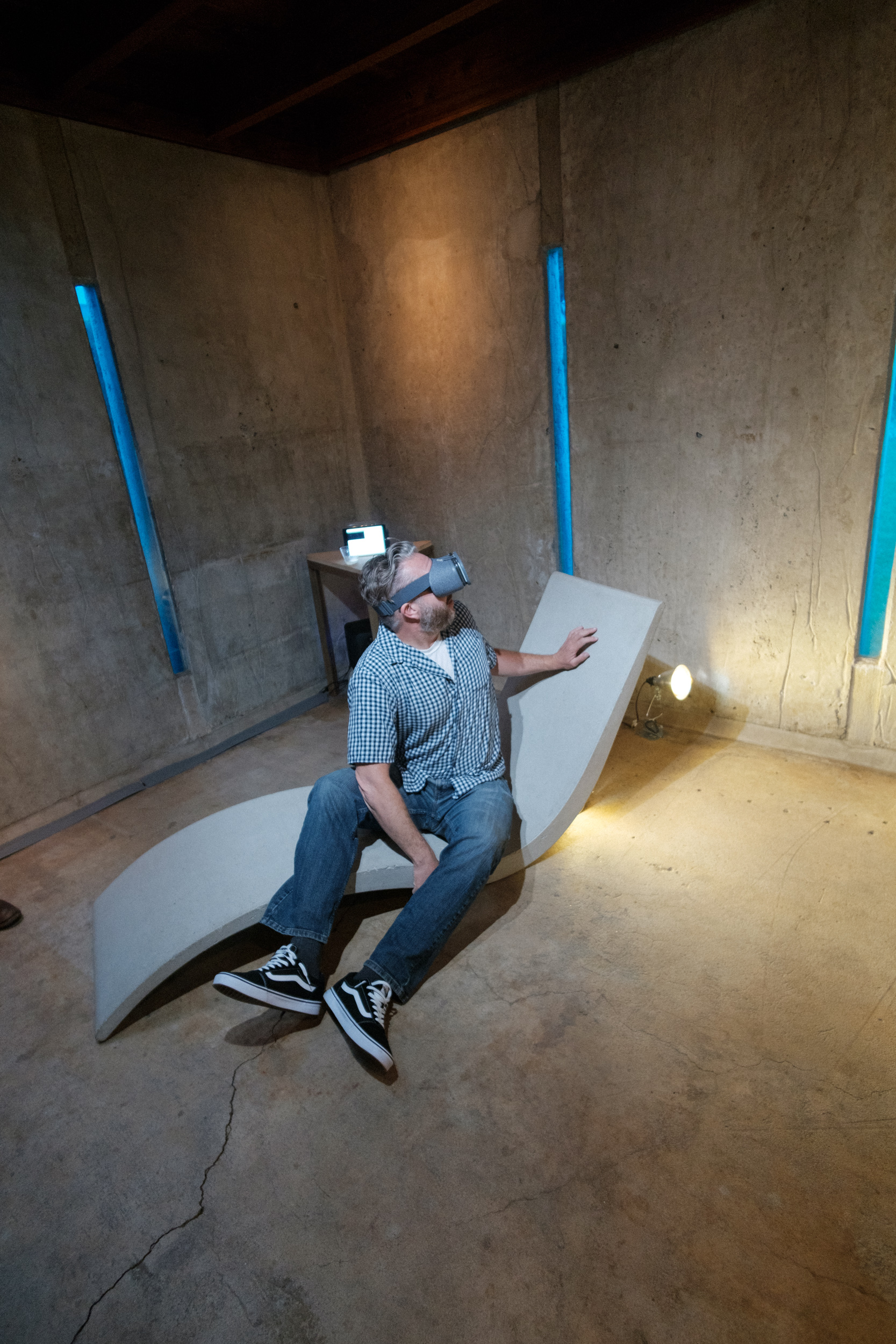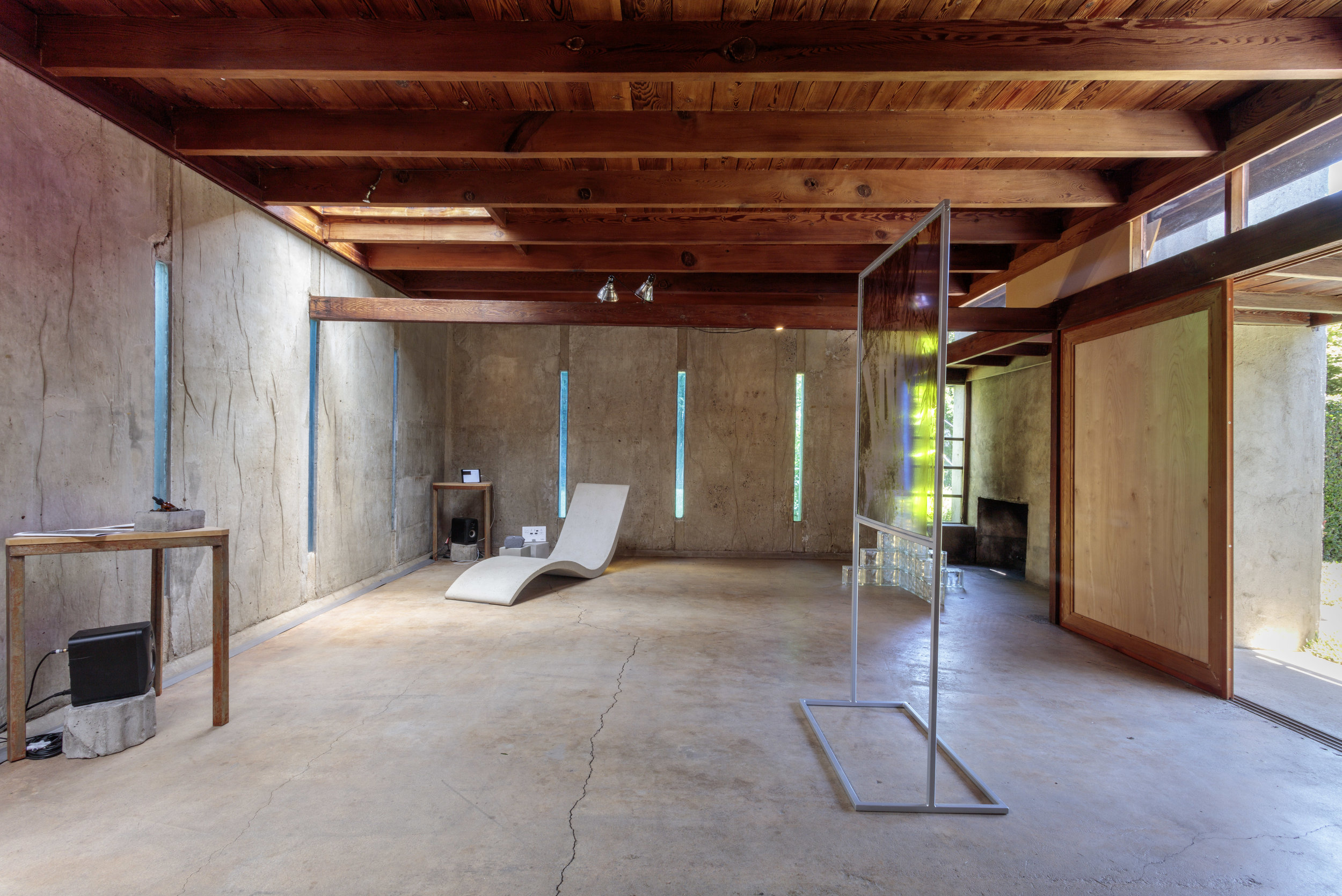Partake
Michelle Frier of Bestor Architecture Landscape Studio proposed a project titled Partake which revisits private landscapes from the “Golden Age” of Hollywood. For the LUSH exhibition she hopes to reimagine those gardens, primarily designed for purposes of Celebration, Cultivation and Connection, as installations indicative of how these same functions can be achieved with greater sensitivity to current lifestyles and environmental concerns.
Historically, residential landscapes during the ‘Golden Age’ (1930’s – 1940’s) in Los Angeles have been characterized by clipped lawns, eclectic swimming pools and in some cases ornamental rose and camellia gardens. The Hollywood lifestyle was about glamour, prestige and the untouchable estate; the STAR had been born.
During the postwar housing boom from 1945-1970’s, Los Angeles underwent a tremendous amount of growth in residential housing creating thousands of acres of development. As culture and styles modernized, so did residential garden design. However, the desire for the expansive lawn and lush ornamental gardens of the Golden Age still remained. With the success of films like Sunset Boulevard and Chinatown along with highly acclaimed works of art like David Hockney’s series depicting lawns and pools of Los Angeles in 1967 (picture below), this definition of the iconic Angelino landscape was not only preserved, but celebrated.
It’s clear that Los Angeles is facing one of the worst droughts we’ve seen in decades. Many homeowners recognize the extremity of the drought, yet still desire that perfect, artificial Los Angeles landscape they have been persuaded to love. But what value are these landscapes giving back to the homeowners in terms of lifestyle, social interaction and sustainability? How are they using their gardens? How are they sharing their gardens?
Using the 1936 Fitzpatrick-Leland House by R.M Schindler as a prototype, we want to go beyond the typical lawn and pool ideology of the Golden Age and foster a design methodology that encourages the homeowner and guests to become an active participant in their own garden. By designing a useable landscape made up of outdoor rooms each representing a different theme and social program, the owner is compelled to explore their garden in ways they never could before.
In this exhibition entitled Partake, we ask the viewer to transport themselves into the garden of Schindler’s Fitzpatrick-Leland home and explore three outdoor rooms we have designed and recreated thru conceptual installations.
Partake: In Celebration
Using the existing Fitzpatrick-Leland House pool as our muse, the first of three outdoor rooms evokes the importance of celebration and play in the garden. The viewer is invited to partake in an immersive, 360-degree underwater experience accompanied by a celebratory aquatic soundscape.
Partake: In Cultivation
The Cultivation room contains two pyramidal sculptures, one indoor and one outdoor, made from found materials sourced from the Fitzpatrick-Leland House. Each pyramid acts as a modular sundial to demonstrate the significance of solar aspect when cultivating. The first, made of glass, displays patterns of reflective light and shadow that shift throughout the day as the sun passes thru the sky above. The second pyramid acts as a micro-demonstration garden promoting the rich variety of resilient, colorful and drought tolerant plants derived from the Mediterranean biome and that thrive in the Los Angeles region. The existing Eucalyptus and Oak trees found on site at the Fitzpatrick-Leland house are both native trees found in this same biome. As part of the installation, seedpods and acorns have been cast and assembled for visitors to touch, observe and collect.
Partake: In Connection
The final room within our exhibition narrative embodies the power of personal reflection and our connection to nature. In the Fitzpatrick-Leland House, Schindler delicately framed significant views to build a strong indoor/outdoor relationship. One view in particular, frames a mature Eucalyptus grove in the foreground with an expansive natural preserve beyond. For the main installation in the Connection Room, a translucent yet reflective panel mimics this view by layering images of Eucalyptus trees over the landscape beyond. These reflective layers change as the viewer moves through the space. Most importantly, the viewer is invited to partake in a contemplative experience by pausing to stare upon their own reflection in these colorful layers of landscape, encouraging a stronger connection to nature.
